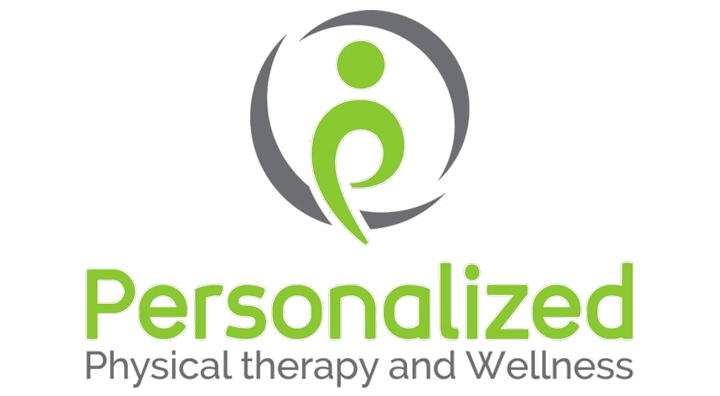Good morning everyone. This is Dr. Sarvar Pathan and Dr Jane Bowser are back again for our COVID-19 Health series that we were doing, but we’re going to change things up. And we’re going to now do more preventative and injury related issues. Today we are talking all about the SCM neck pain! Tune in below or take a read!
Especially, we want to talk about specific muscles today. Jane and I’ve been working on this sternocleido mastoid muscle, the SCM muscle, which is what you will see in the post. What we would like to describe about is that dizziness, the tingling, the nausea, that happens quite often that comes from this SCM muscle and, Jane with your experience with computer use, what would you start to experience from that left side?
Yeah, so first, it would get super tight. And I’d start to feel like it was getting congested. And then the next thing I notice is ringing in my ears. And then if it gets bad, I’m going to start feeling nauseous. I’ll be working on the computer and I’ll start like doing this and try to do anything I can to relieve it. We talked about how we can keep it from coming back how we can keep it from getting too far that it’s hard to control.
There are three (3) important things that we’ve talked about is the release of the SEM, and we started with the actual butter knife.
- You take the back of the butter knife, you put a little bit of cream/lotion on, and then you need to know the origin and insertion of the SCM muscle. I’m going to bring the camera low, close and show on Jane’s side of the neck. That SCM the name suggests it’s a sternocleido mastoid muscle and so the mastoid process is this side back of the ear process of skull location. That’s where the muscle starts, it goes into front of the neck, and it goes all the way but this is the prominent location where you will see it on the sternum. It also has an insertion on the clavicle and then on the back side The skull. This is the muscle that you’re trying to release. You put a little bit of cream/lotion on and then you just go, there are a couple ways you do you do lengthwise. Yeah, right here. Just be gentle to start with. There are other vascular structures in that area so you have to be careful. Go a little up front for you. Yeah, yeah. If this the back edge of the blade is still a little too sharp you can use the handle, there we go. Just be sure you don’t use a serrated part or blood will start to.
- The other one is a deeper pressure. So deeper pressure, we could use a tennis ball or even a foam roller and then you sort of are laying on and then you just building pressure right on top and then you just creating a pressure there as the second.
- Then the third is a contraction and active contraction that you can do to help relieve it. So Jane, if you don’t mind going on your back and I’m gonna borrow a pillow. The sofa here and have you on the back. And then that’s probably a little too Okay, this is good now when she presses it in, down. So from here, if it is the left SCM, you so the action of the sternocleido mastoid is same side flexion and then the opposite side rotation. Maybe see better. There you go, I think that’s a better angle. From here you go because the action is same side flexion you go opposite side flexion so you kind of turn the head to the other side. Slide the head to the right more than rotate. There you go and then you rotate to the same side. So you will get a nice stretch along the length. From there, you build an act of contraction pressing into the floor, so you kind of press that back of the head down into the floor. Then relax, and then build it up again, hold for five seconds, and then relax. Alright, and then you can slowly come set.
Make sure doing any of these movements, you’re not having any dizziness, or having any nausea sensation. Because you again, it’s a vulnerable area and there are vascular structures around and then also there’s a tibial artery so you could compress the artery while you’re where you’re turning. So again, as long as you don’t have those symptoms, you’re safe. And you can do that maneuver and be gentle.
Don’t p90x. Excellent. Thank you very much, guys for watching. It’s been great to have you on and we’ll be back!
For help with your neck pain, book a TeleWell examination today to get a customized treatment plan to help you live pain free today!
